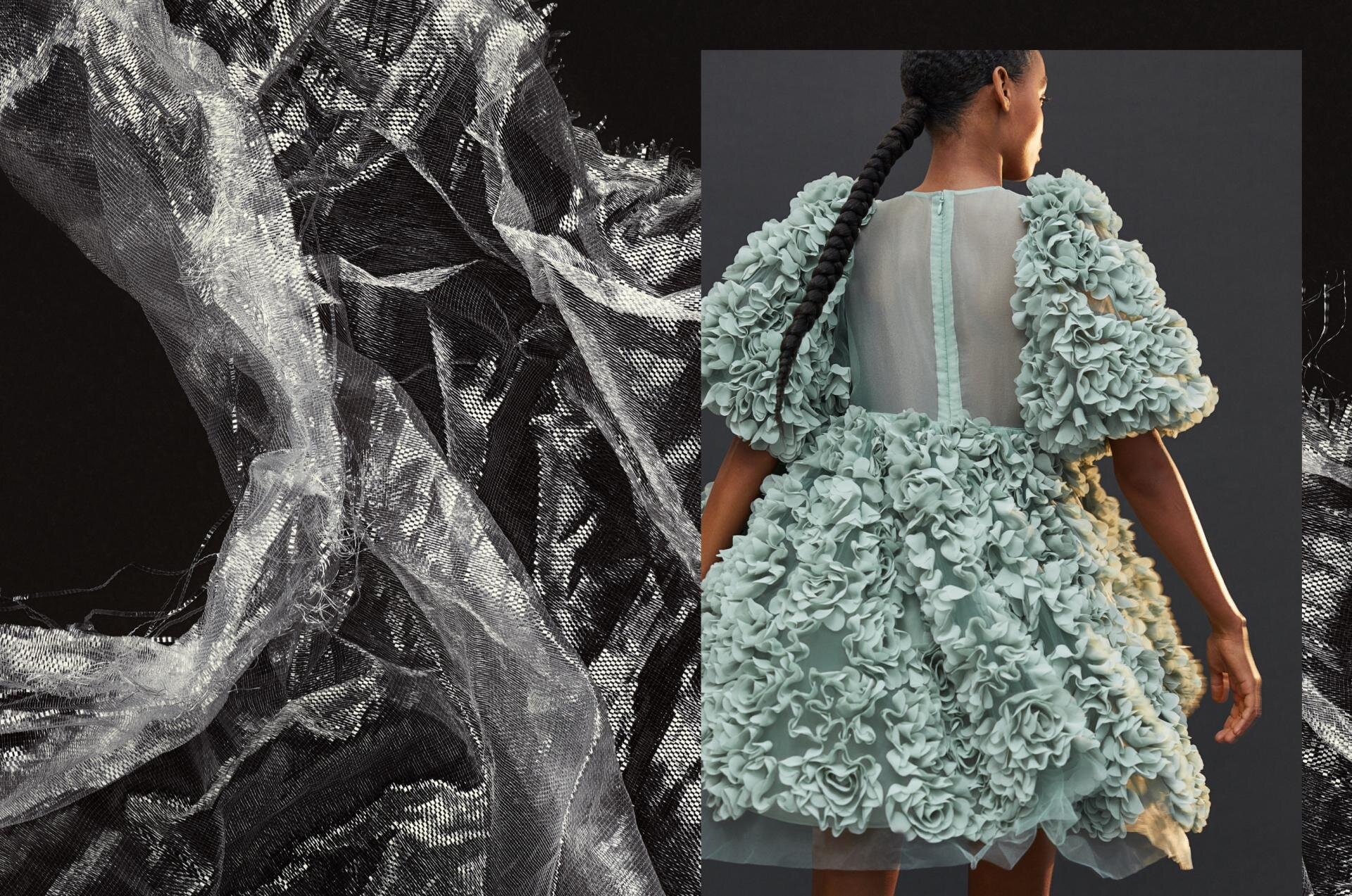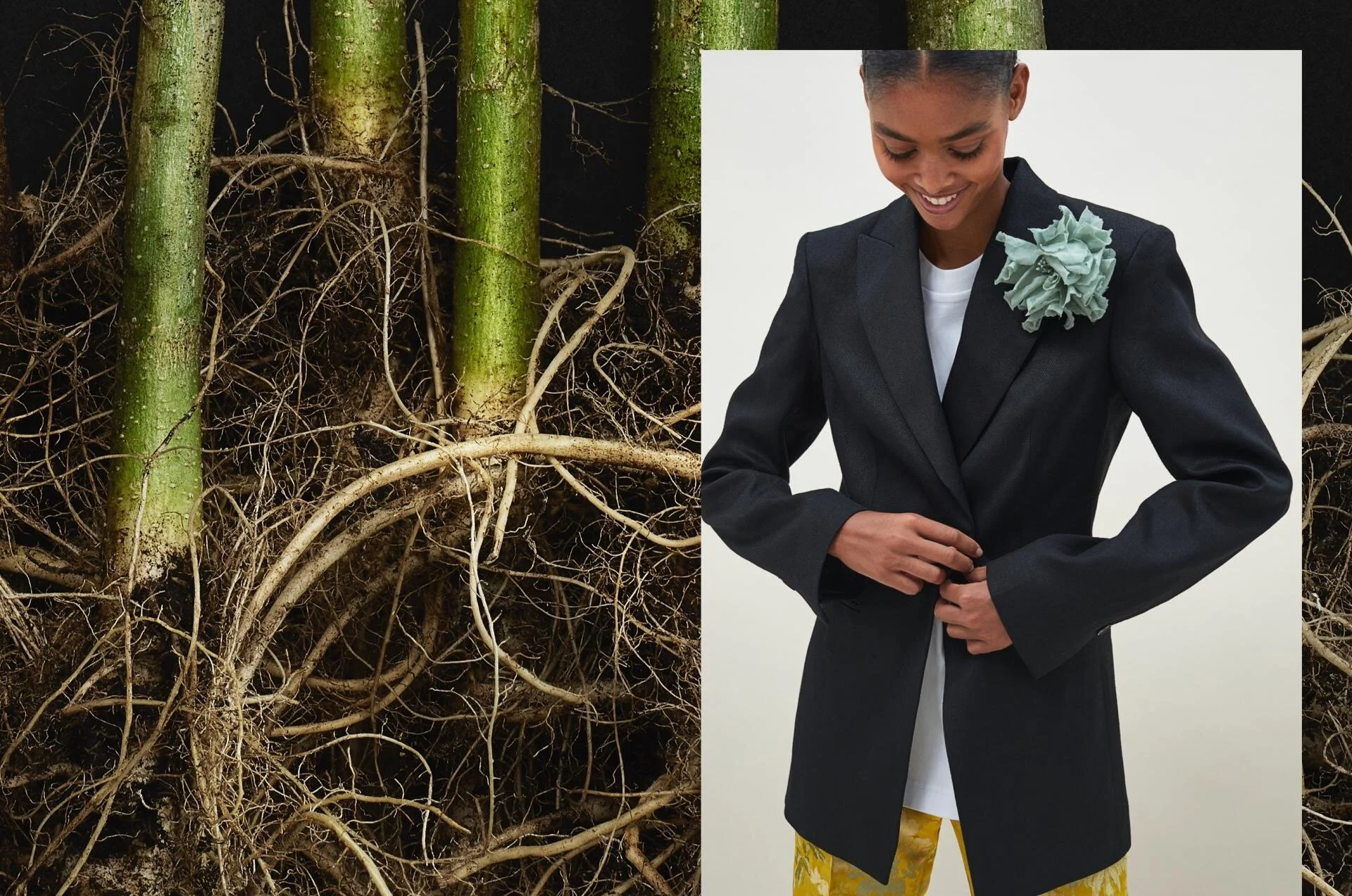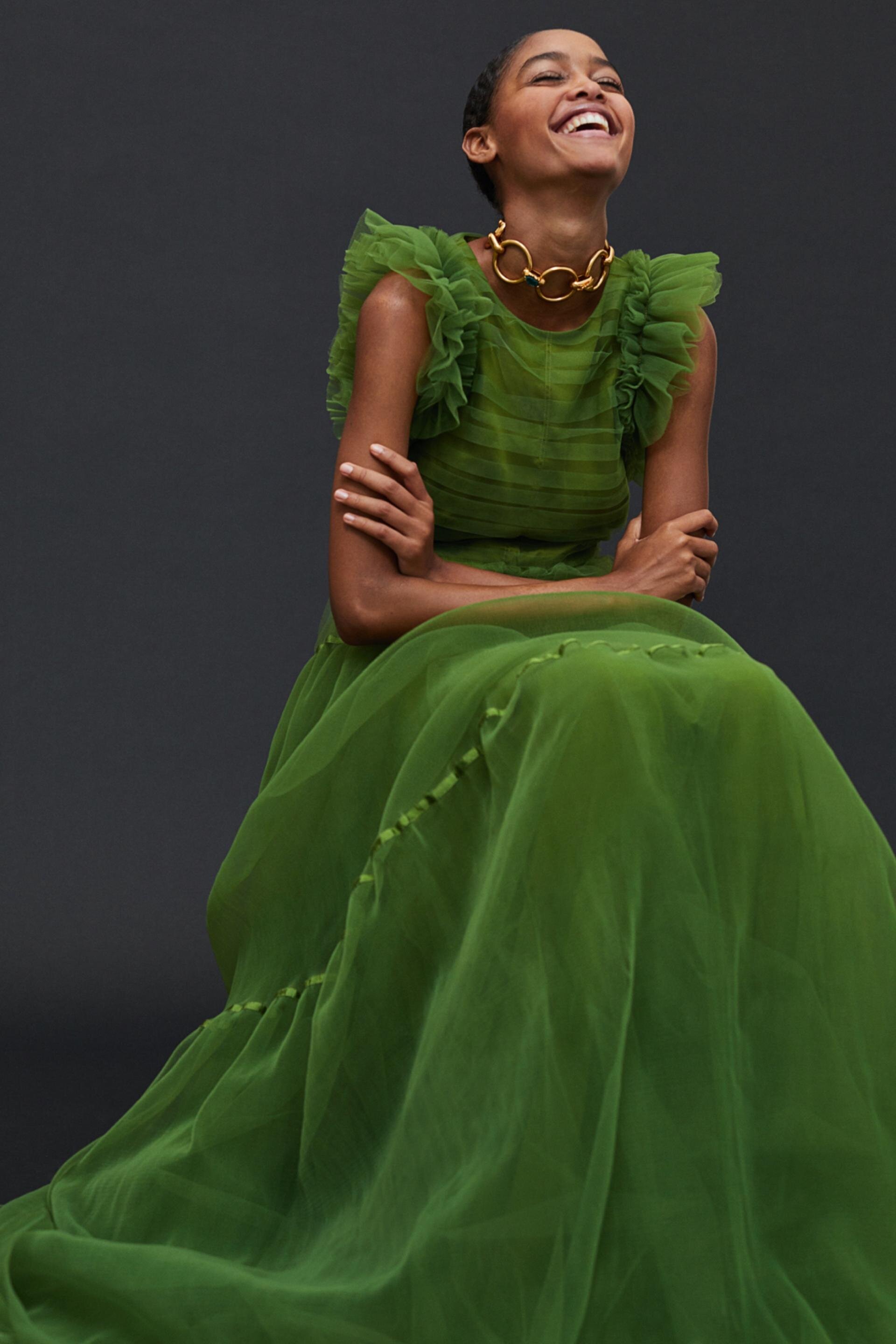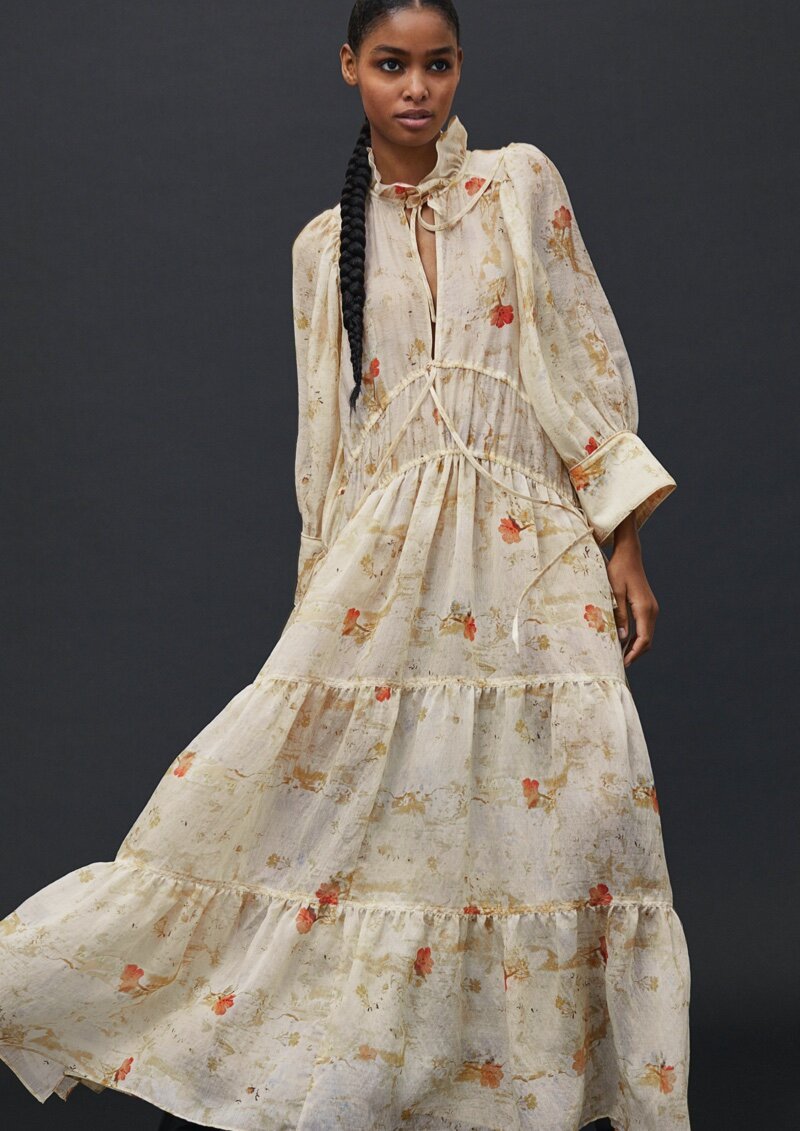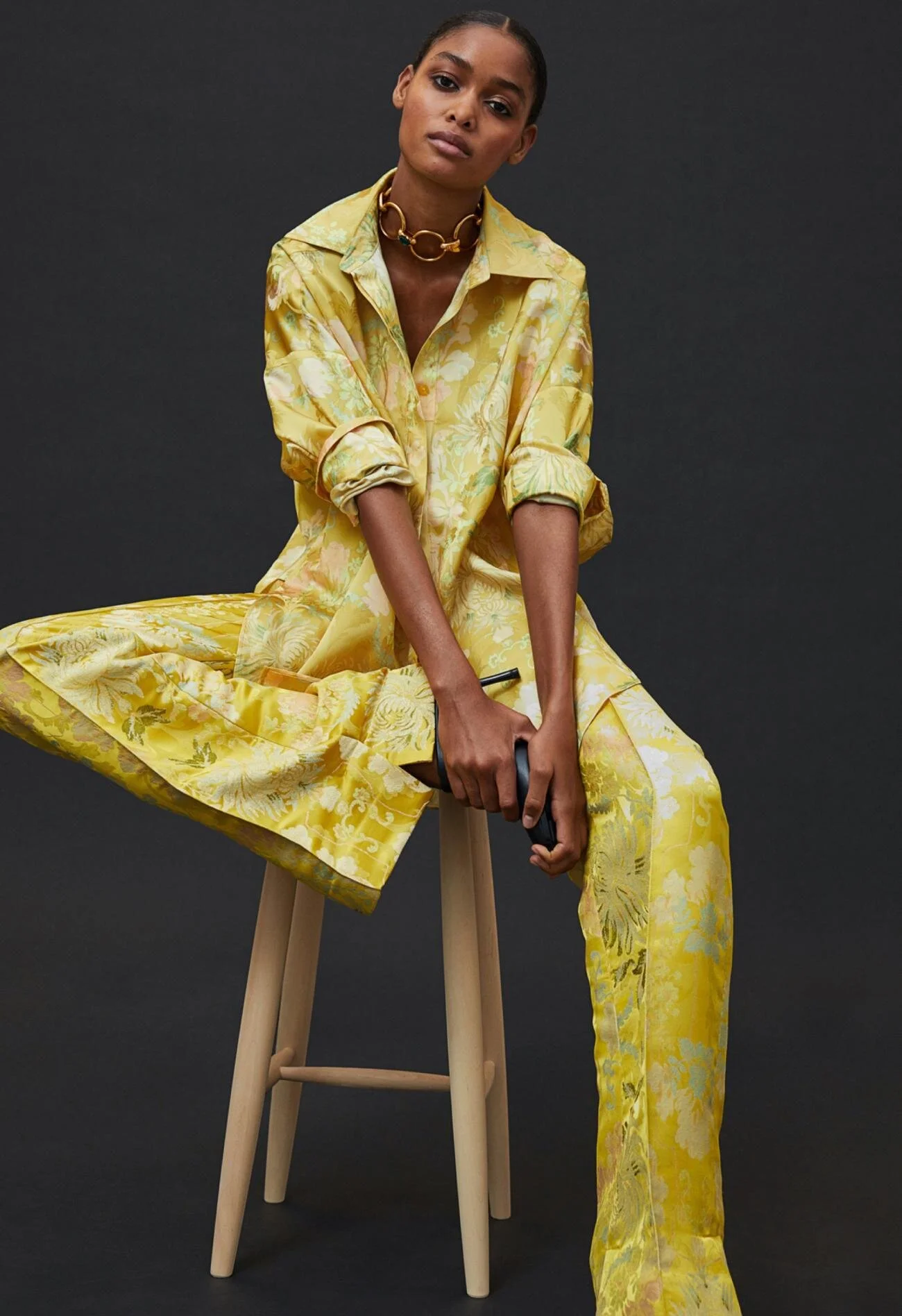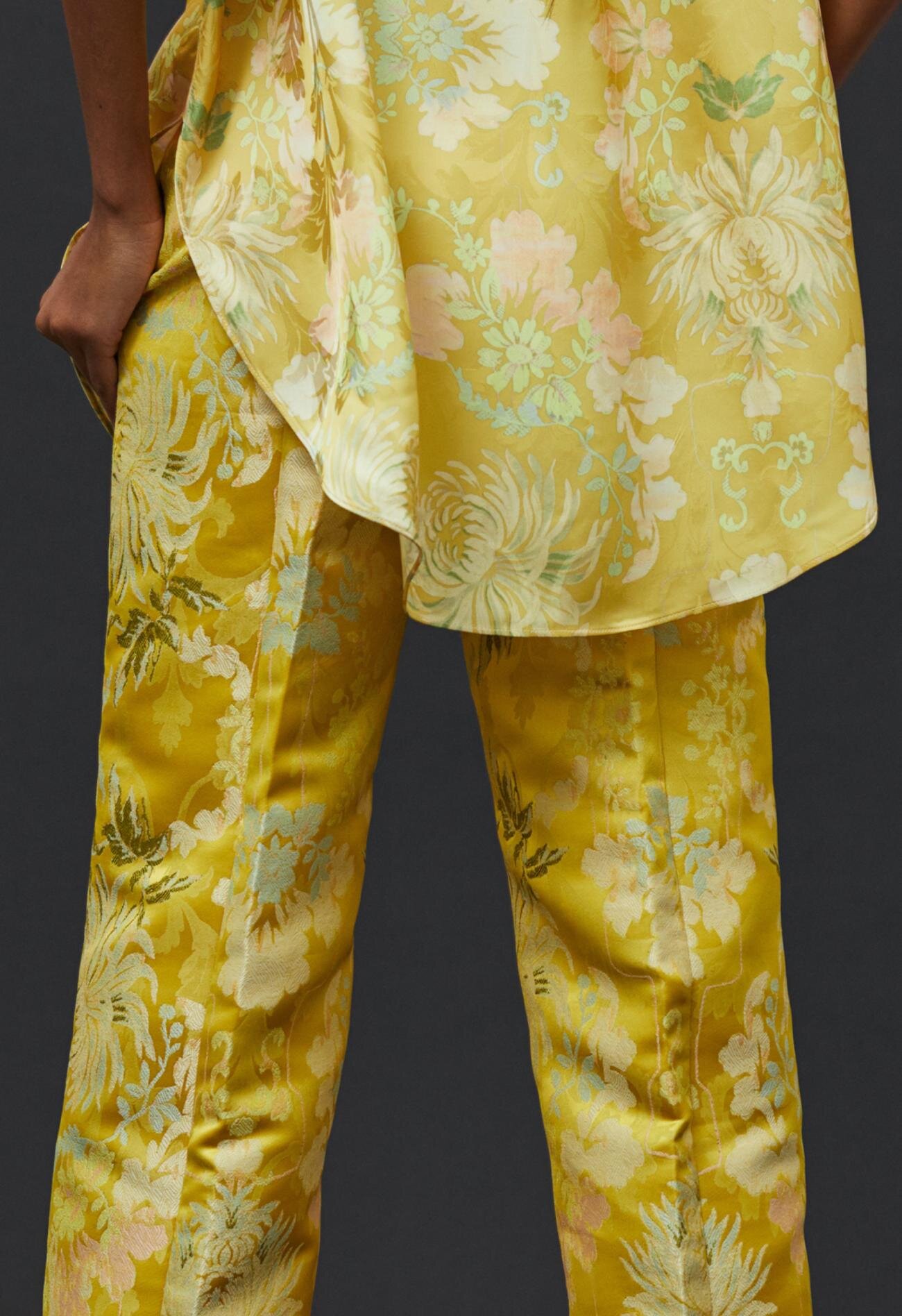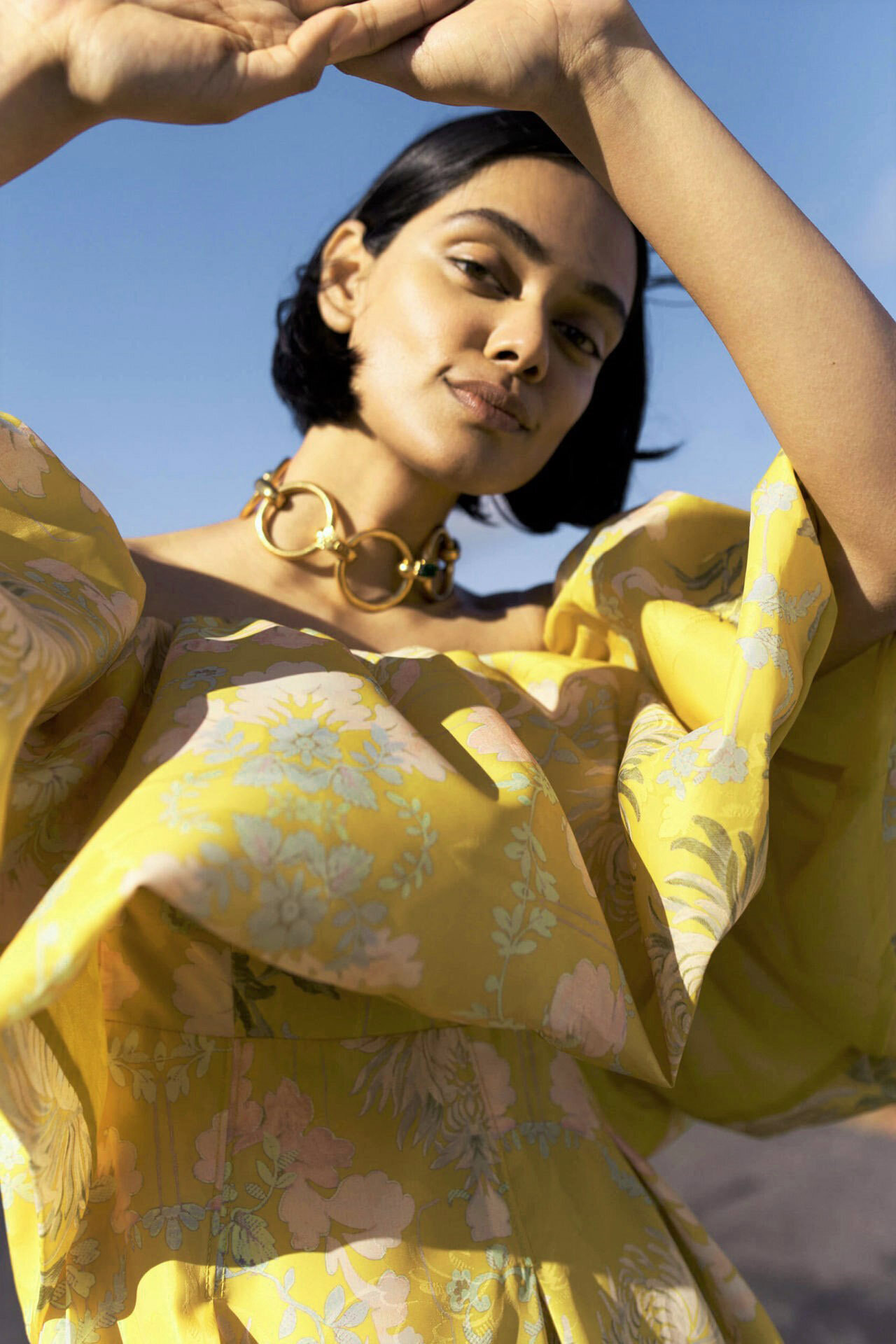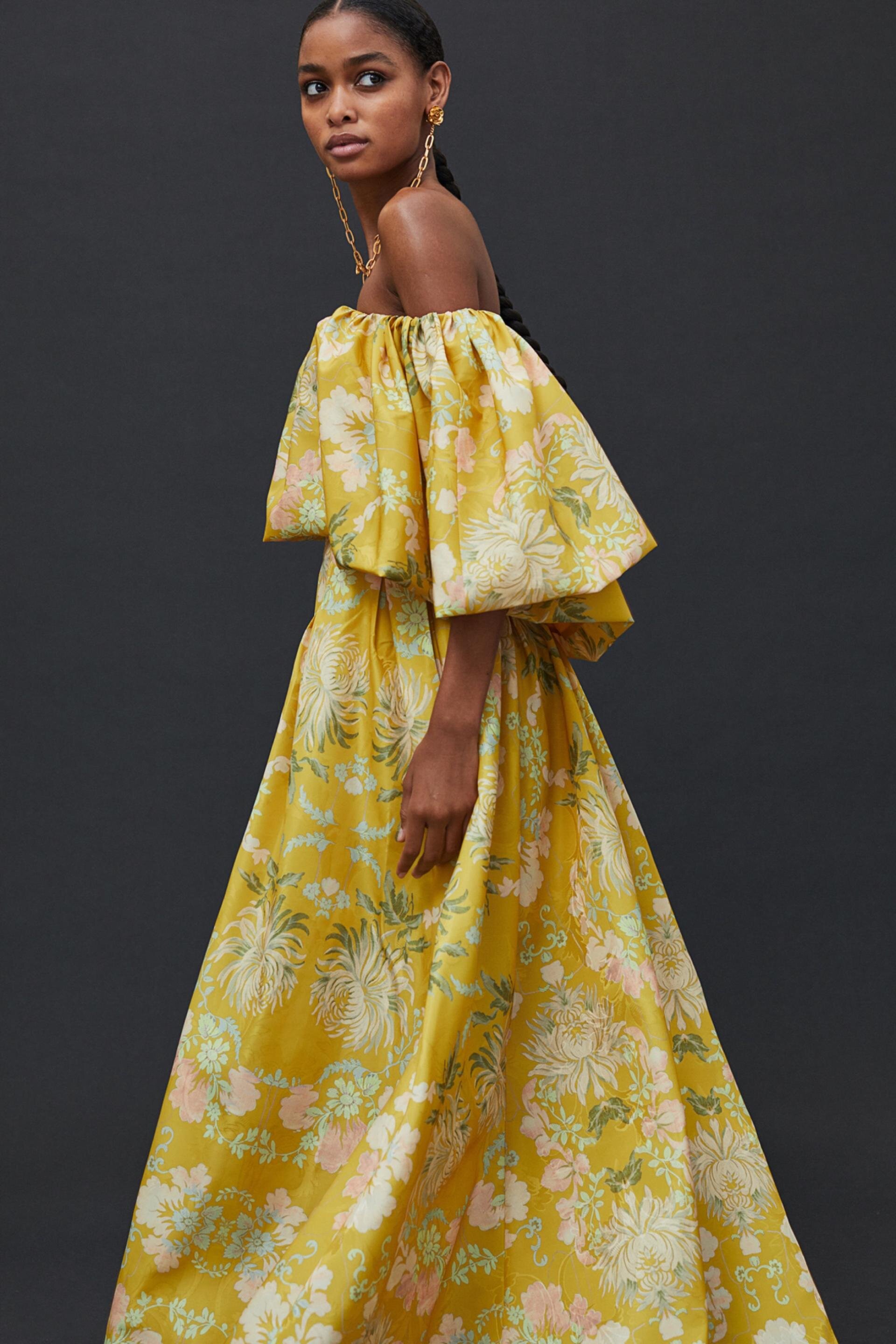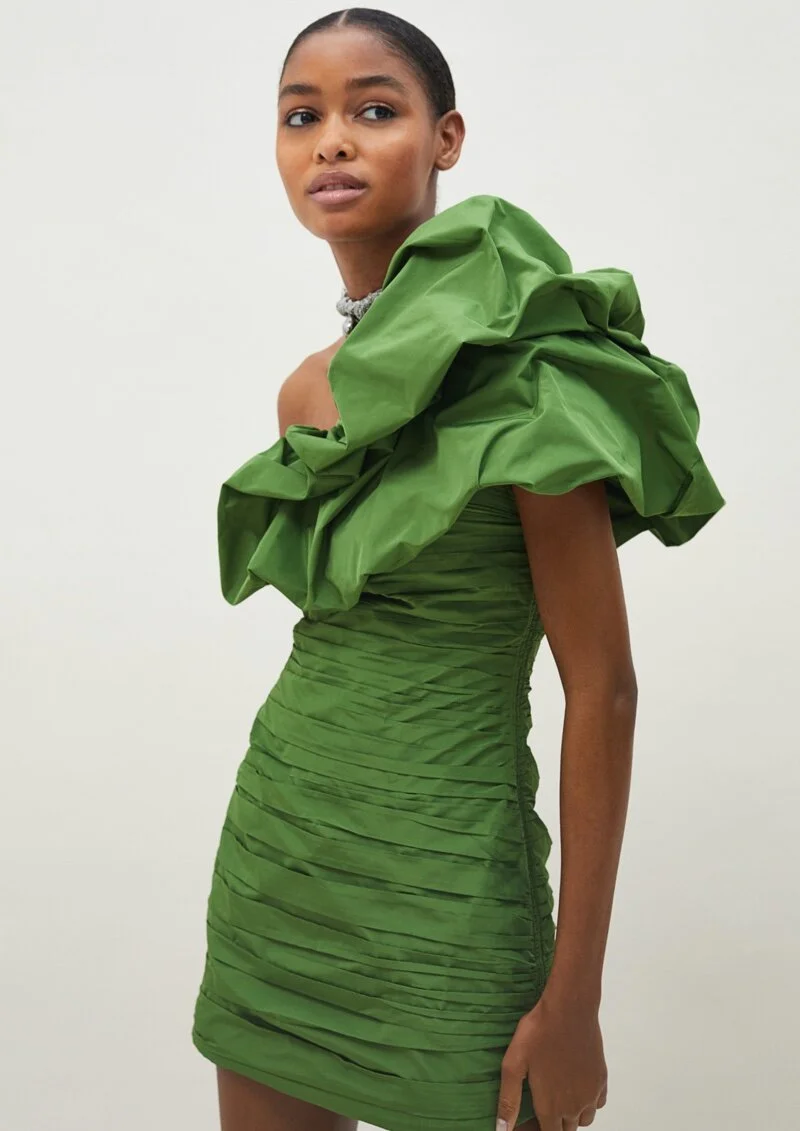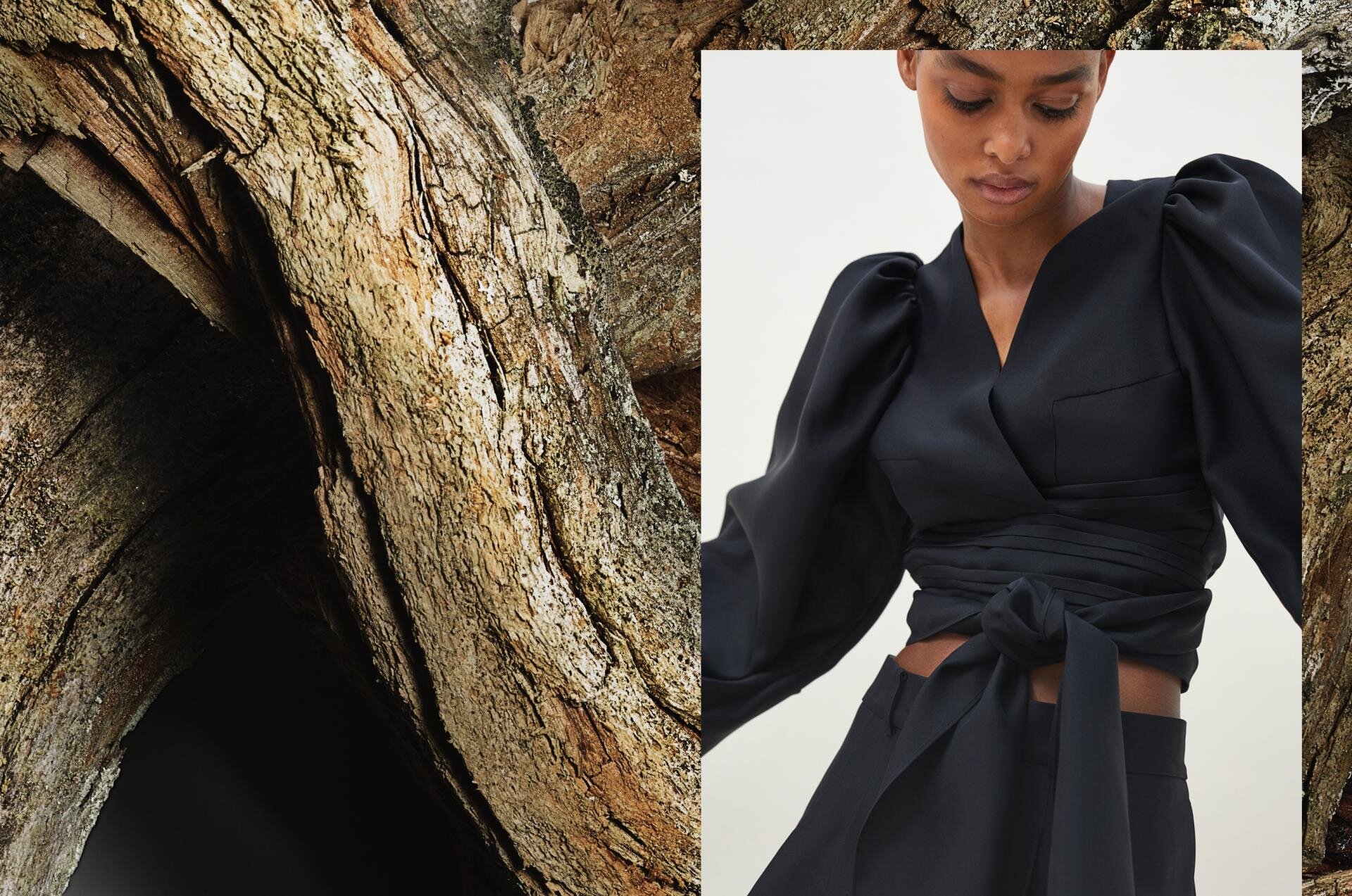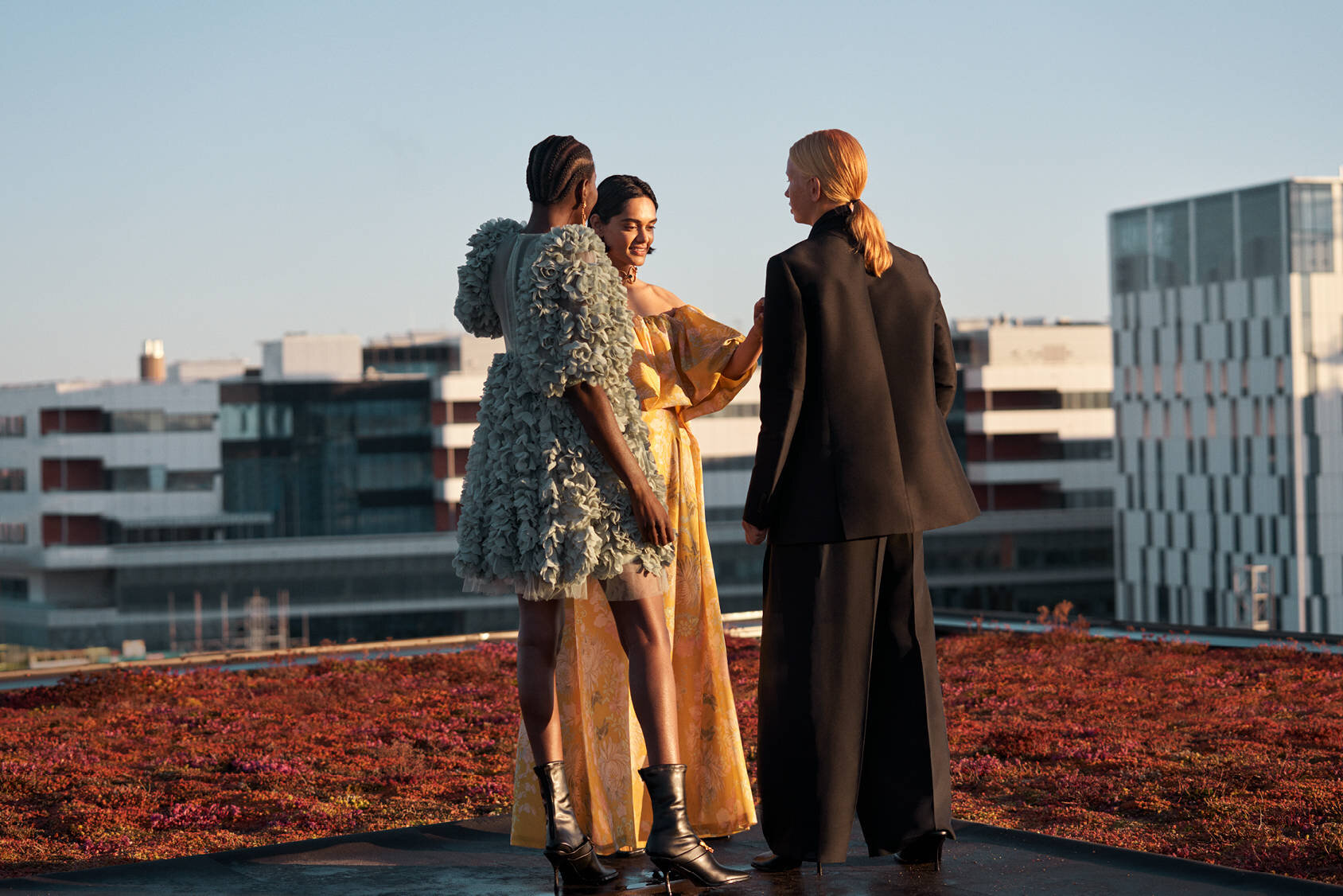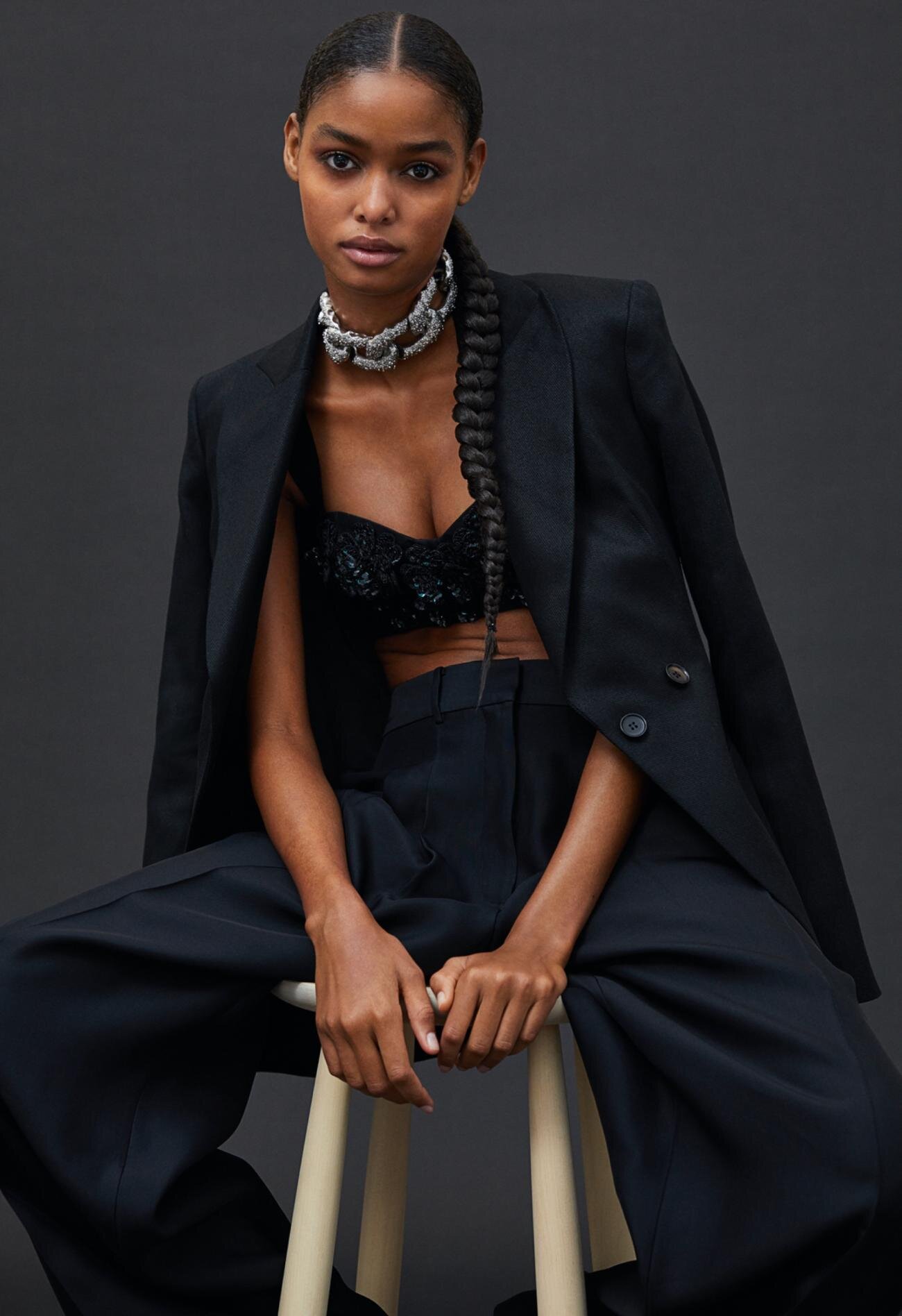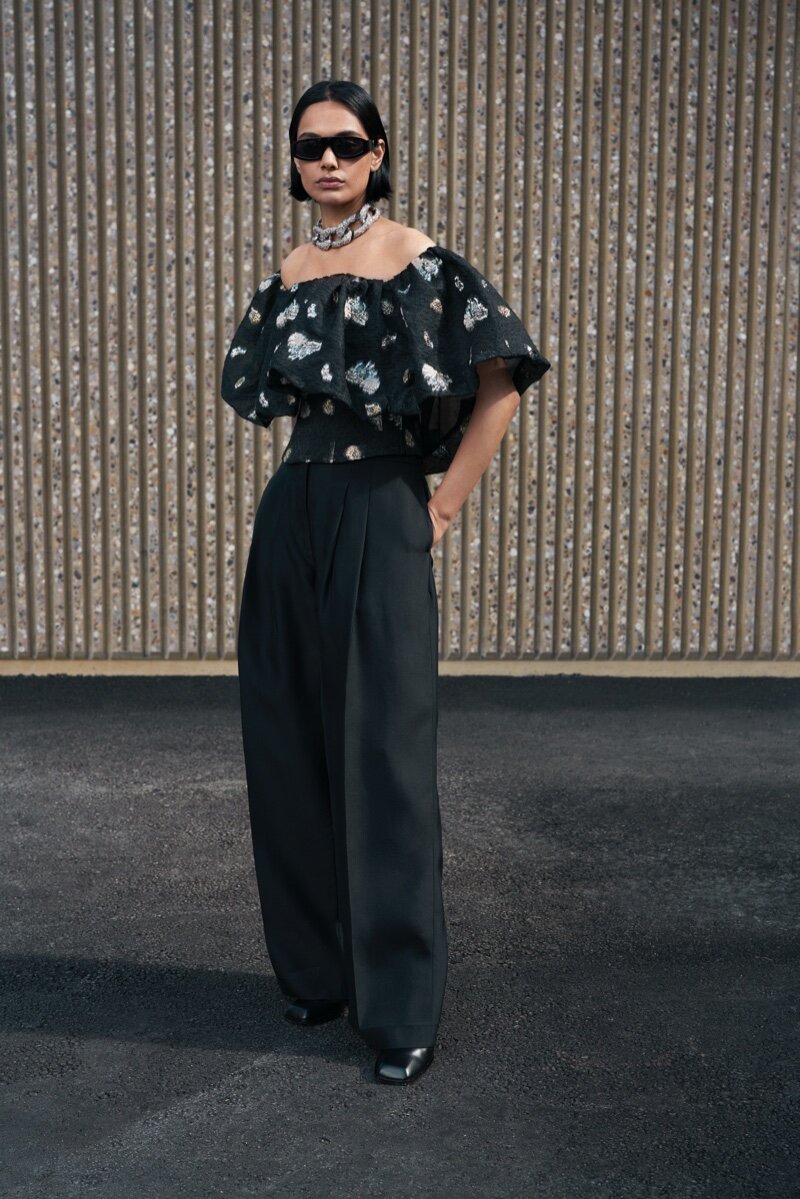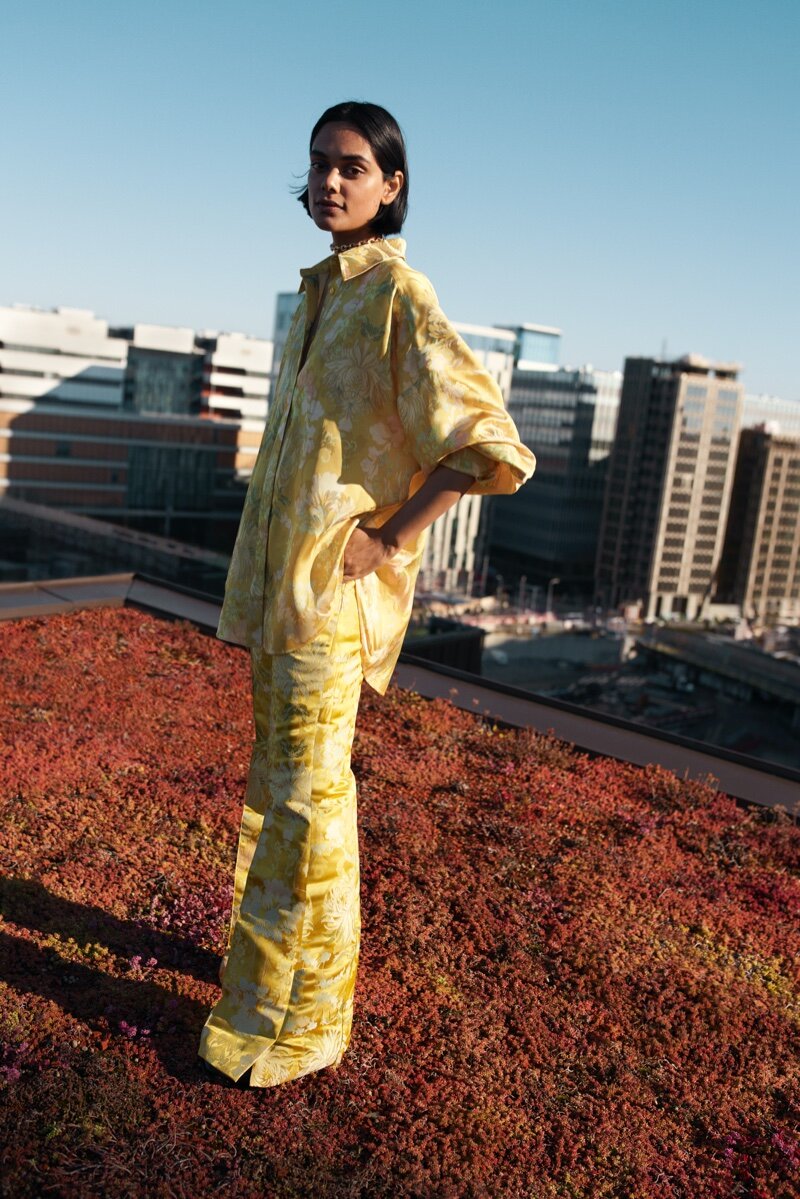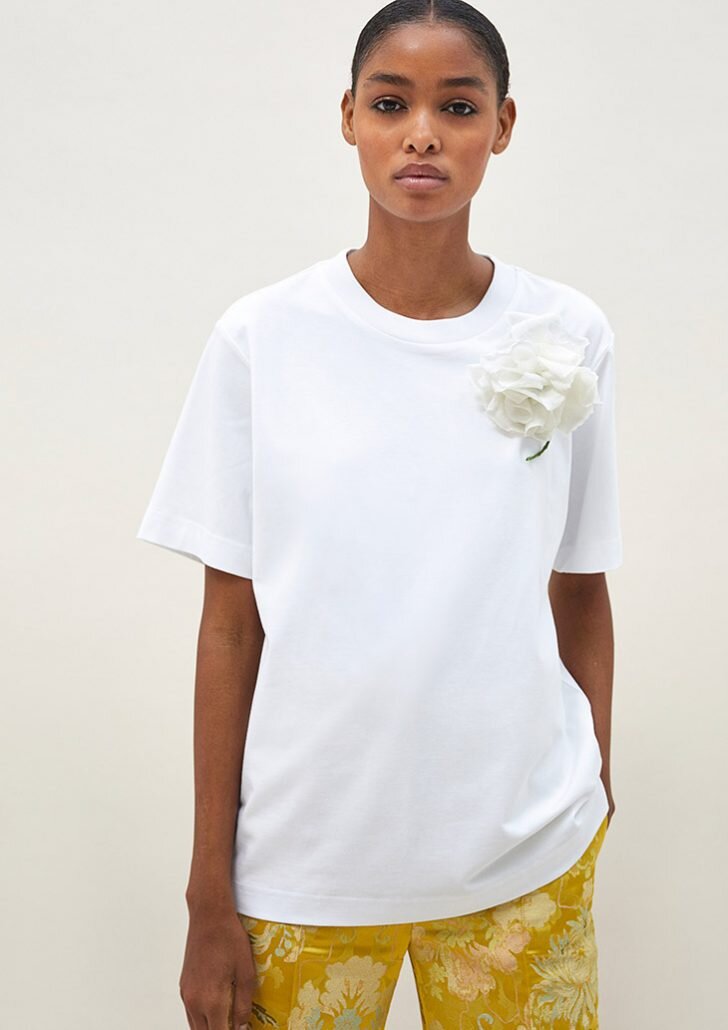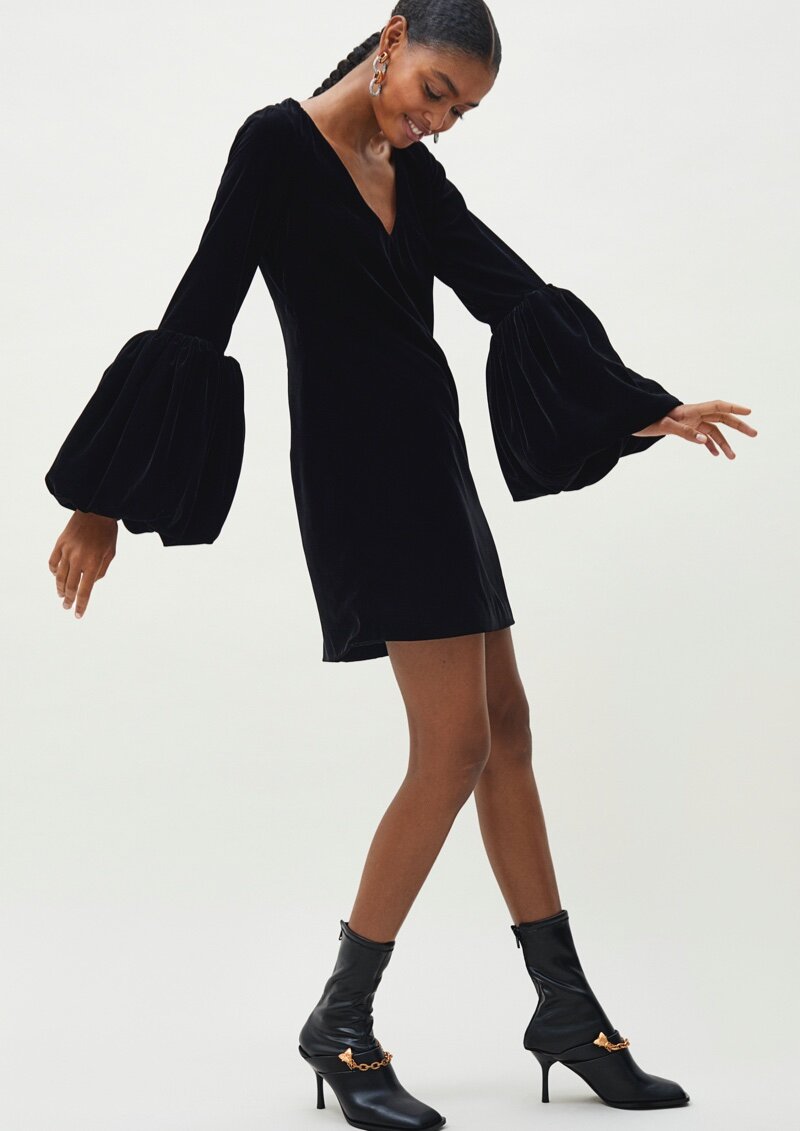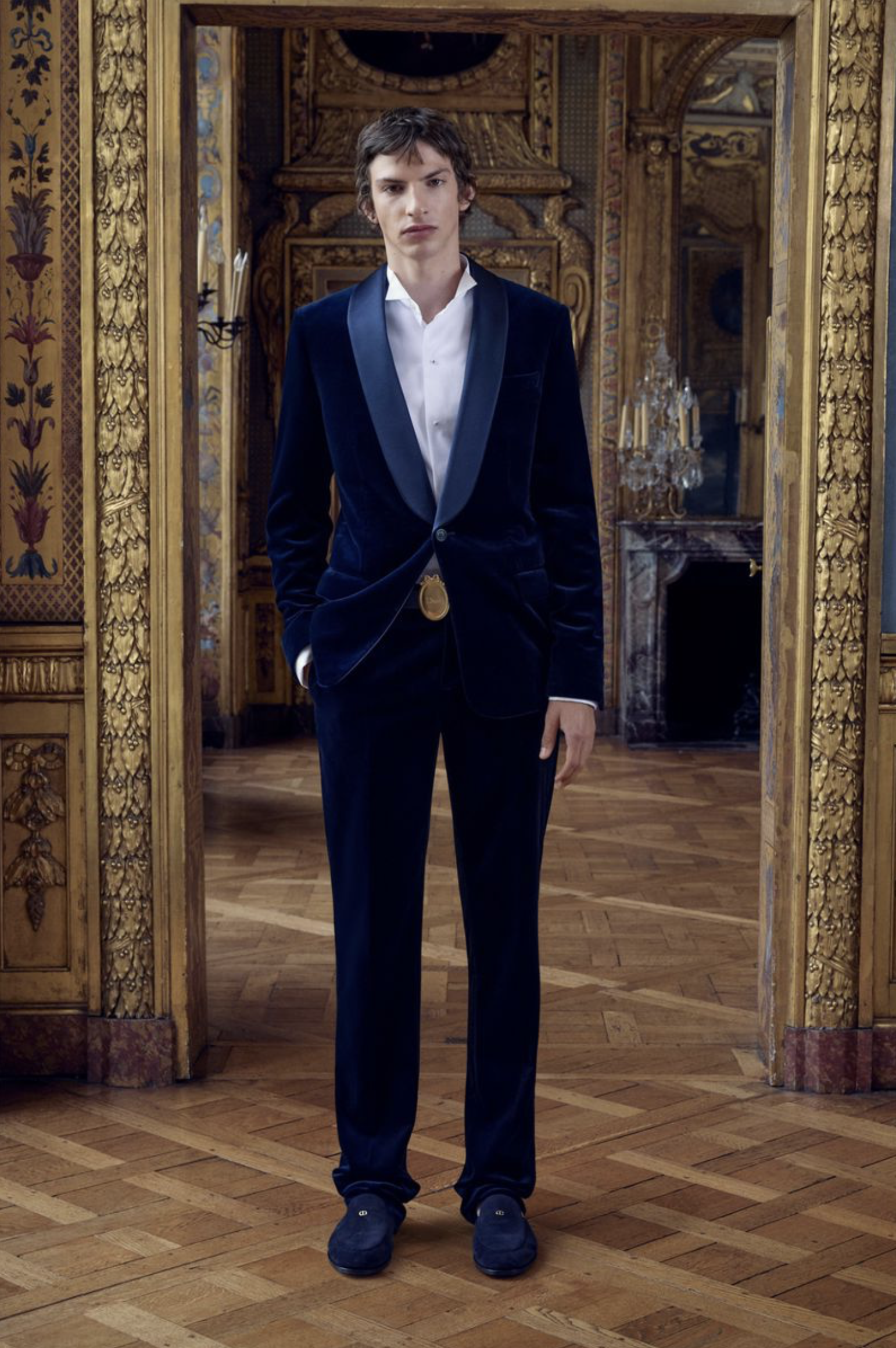Zinnia Kumar 'Wears the Waste' in H&M Conscious Exclusive A/W 2020 Collection
/Update: AOC is encouraging readers to become more familiar with Zinnia Kumar’s environmental activism, so we’ve temporarily moved this Fall 2020 article next to the new one.
Zinnia Kumar Covers Vogue India January 2022 'Reset' Issue by Daniel Jackson AOC Fashion
Previously:
In their own words, H&M celebrates their A/W 2020 collection that literally creates “beauty from waste.” The innovative processes transform food crop waste into a natural fibre, make elegant fibers out of wood pulp. Menswear makes a return to Conscious Exclusive, where evening and tuxedo looks are prevalent in gorgeous clothes available December 1.
“For A/W20, we really wanted to be trailblazers – pushing the limits of creativity and sustainable fashion – by focusing on waste. As a result, the pieces in this collection are crafted from truly amazing materials produced from waste. Working with this kind of transformation and being able to speak to our customers through beauty, we hope that waste can be part of the future of sustainable fashion,”
says Ann-Sofie Johansson, creative advisor at H&M.
The Conscious Exclusive A/W20 campaign encourages us to “wear the waste” in an endeavour to change fashion and features Zinnia Kumar, an Australian-born, London-based ecologist, activist and model.
“I’m thrilled to be a part of this Conscious Exclusive campaign, especially as H&M is paving the way for sustainable collections to become the industry norm. As consumers, we will no longer need to differentiate between fashionability and sustainability, as they will become one and the same. As an ecologist working in fashion, this fills me with hope,”
says Zinnia Kumar, ecologist, activist and model.
Kumar shared her own thoughts on activism and having impact in an interview last fall with Matches Fashion. As a credentialed activist, AOC wonders about her own thoughts regarding working with a fast-fashion retailer, when negative commentary is directed at websites who support or promote H&M sustainability operational projects and sustainable apparel collections.
‘The most important aspect is whether the brand is making a sustainable or socially responsible commitment in some way. When thinking of designers committed to environmental initiatives, Vivienne Westwood’s long-time activism comes to mind. I also loved Marni’s recent SS20 men’s collection that gave the audience a confronting look at anthropogenic human waste in our seas. The other major commitment that really speaks to me is designers that have gone fur-free, like Prada, Miu Miu, Gucci and Burberry to name a few.
AOC’s position on this issue is hopefully clear. I find it totally unrealistic to think that H&M will be winding down their global retail operations any time soon. I shudder to think of how many workers worldwide would lose their jobs in such a decision and be plunged into poverty. I do agree with activists who insist that we must buy fewer items of clothing. But fast fashion is not going away.
Hopefully, H&M will sober up and ask themselves if the world would really collapse if then cut their weekly arrivals of new must-haves by 10% a year — at least as a pilot project. Surely there is some room for conscious, business evolution in our COVID world.
But then I just read that we had better stop sending so many emails as well. The Financial Times wrote this week: “The UK, which is hosting the UN COP26 climate change summit in Glasgow next year, is looking at innovative ways to cut carbon emissions — and the footprint left by web users has drawn its attention. Officials have been particularly taken by research suggesting that more than 64m unnecessary emails are sent by Britons every day, pumping thousands of tonnes of carbon into the atmosphere owing to the power they consume.” (Note, that this contribution to climate change pales next to fast fashion, but still — each of us should be aware of everything we do that contributes to climate change.)
So in the case of H&M, AOC will continue to support their huge range of global environmental initiatives, while documenting concerns among their critics.
Is H&M Between a Rock and a Hard Place in the Greenwashing Argument?
In America we use the expression “between a rock and a hard place” or “I’m damned if I do, and damned if I don’t.” In February 2020, H&M was accused of greenwashing over its plans to begin clothes production using Circulose, a sustainable fabric made from up-cycled clothing and fashion waste.
The clothes sold by H&M will comprise a Circulose/Viscose blend that uses 50 per cent Circulose sourced from upcycled cotton jeans fabric and 50 per cent viscose sourced from FSC-certified wood.
Anti-fashion fashion activist Venetia La Manna, called the move another example of H&M “greenwashng” its consumers.
“Circulose is an absolute box-ticker,” La Manna says. “Not only is it creating something from waste, it’s also vegan-friendly, non-toxic, durable and biodegradable. As a ‘new’ material, it’s much more planet friendly than a lot of the sustainable yarns that are already on the market.
“With this in mind, it’s a real shame to hear that Circulose chose to partner with H&M on such an exciting, circular and innovative yarn. Sustainable fashion absolutely needs to be as accessible for as many people as possible, but the fast fashion model will never reach that all important net zero target that we need to be aiming for.”
La Manna explained that textile waste has increased drastically in recent years and the focus should be on reducing how much we buy and slowing production rates rather than introducing new materials to consume.
La Manna muddies the waters in her argument, stirring up silt everywhere possible. She especially attacks the Conscious Exclusive collection — efforts like this one — as greenwashing. My personal hopes are that H&M will build a more conscious business model in which fashion-lovers buy one more expensive Conscious Exclusive item and forego three cheaper ones.
“Ultimately, the sheer amount of product H&M produces is causing irreversible harm to both planet and people, and completely outweighs their sustainability efforts,” La Manna explained to The Independent. “Fashion this fast can never and will never be sustainable.” It’s not that she doesn’t raise valid concerns. I agree with her that people — and especially women — are buying too many fashion items that are worn once or twice and discarded.
But to criticize H&M for moving to circulose — which she agrees is “an absolute box-ticker” — seems counter-productive to AOC. Businesses can’t afford to do this kind of fabric development R&D without major players paying the price tag.
In 2019 the Norwegian Consumer Authority director Elisabeth Lier Haugseth warned consumers that they could be easily misled by “greenwashing’ statements about the Conscious Exclusive collections. "Based on the Norwegian website of H&M we found that the information given regarding sustainability was not sufficient, especially given that the Conscious Collection is advertised as a collection with environmental benefits," Haugseth told Dezeen.
"The information on the collection was general and did not specify the actual environmental benefit of each garment sufficiently, for example the amount of recycled material for each garment," Haugseth said.
"We consider this information important for the consumer as the clothing is marketed as being less harmful to the environment," Haugseth added.
"For instance, the consumers should know if a garment is based on five per cent recycled material or 60 per cent."
These critiques seem to be far fairer to me — having promoted the new plant-based, sustainable materials in the premium collection with great enthusiasm. These materials include Piñatex, a natural leather alternative made from pineapple leaves, a plant-based flexible foam made using algae biomass called Bloom Foam, and Orange Fiber, a sustainable silk-like fabric made from citrus juice by-products.
My sense is that H&M is serious about moves to sustainability, and I only hope that somewhere in the inner sanctum of the business enterprise, there’s an understanding that the world would be better off if H&M sold fewer units per customer but at a higher price.
In our post-COVID world, this strategy may not work at all — as huge swaths of people experience declining incomes. There may come a day when H&M must address the issue of buying less head-on. But from our perspective, they are a lead retailer on critical topics around the future of our planet. We are not going to put them out of business any time soon. and I’m not at all sure that we should want to — if one’s pov is truly global and circular in our considerations.
Presently the global retail slowdown has created economic catastrophes in places like India, Pakistan and Bangladesh. Indeed, we should be concerned about rising ocean levels in those parts of the world. But workers also need to feed their families with jobs.
As AOC follows H&M very closely, we are satisfied that they understand the dire complexity of the current business undertaking — which is a complex game of chess, frankly.
Also, I refuse to call using advanced, sustainable fabrics that the company has funded a form of “greenwashing”. Consumers have a degree of responsibility as well in our own purchasing power. Some of us totally reject fast fashion, wearing only recycled clothing. Great. But H&M is not going out of business any time soon — nor should we want that global catastrophe on top of everything else humans are dealing with. ~ Anne

